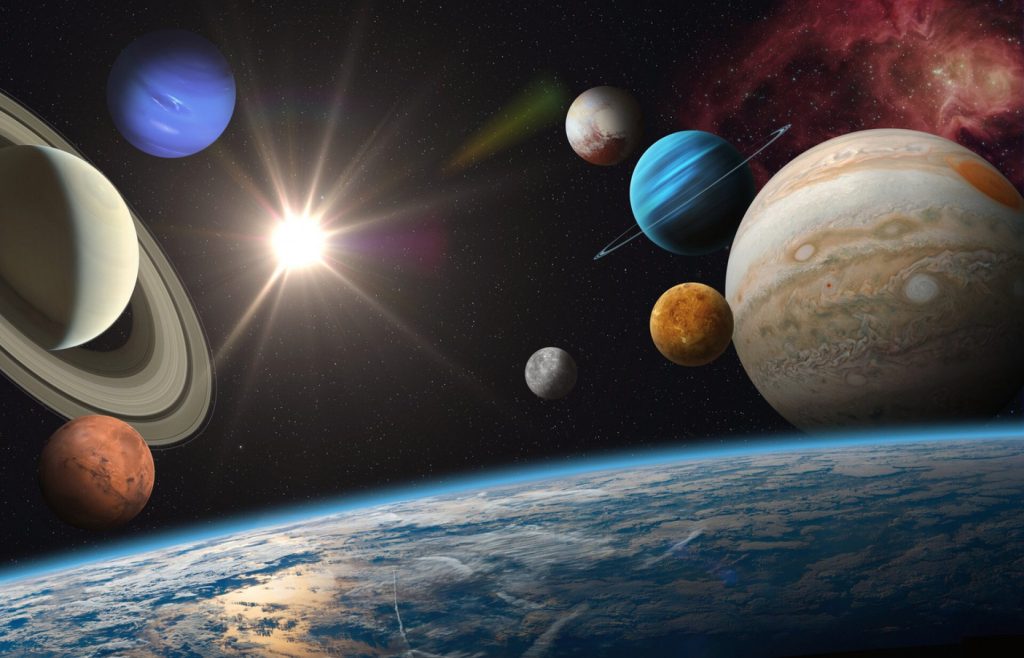The mystery of the 819-day calendar used by ancient Mayans has finally been solved by researchers at Tulane University. The researchers in Louisiana have used a 45-year span to match the planetary cycles of all planets that might have been visible to astronomers at that time.
There has been research on multiple Mayan calendars that may have been used by their civilizations hardly any of them make sense in today’s world. One such calendar was discovered in the glyphic texts – the native writing system of the Mayans and had researchers wondering about its purpose.
The 819-day calendar obviously makes no sense to a civilization that uses calendars based on 365 days especially since 365 days are based on the days of the revolution of our planet around the Sun.
The ancient glyphs have shown the calendar to consist of four parts and even boast a color-directional scheme making it even more confusing and even intriguing for the researchers. But John Linden and Victoria Bricker have solved this mystery but just broadening their point of view.

They used the calendar for over 20 periods of 819 days each and found a pattern that emerged with regard to the synodic period of planets. A synodic period is the time interval taken by a planet to visually appear at the same location in the sky when seen from Earth.
Twenty counts of the 819-day period are 16,380 days or roughly 45 years. Looking at planets in the sky, one finds that the 819-day period perfectly matches the synodic period of Mercury, which is 117 days.
Moving further, the researchers found that Mars, with a synodic period of 780 days, exactly matches 20 cycles of an 819-day calendar, while Venus needs seven synodic periods to match five counts of 819. Going further, Jupiter takes 39 periods and matches 19 counts of 819, while Saturn has 13 periods in six 819-day counts.
This showed that Mayans created a calendar system that is immensely large and is not limited to only one or two planets and which can even be used to predict the synod periods of all visible planets.


